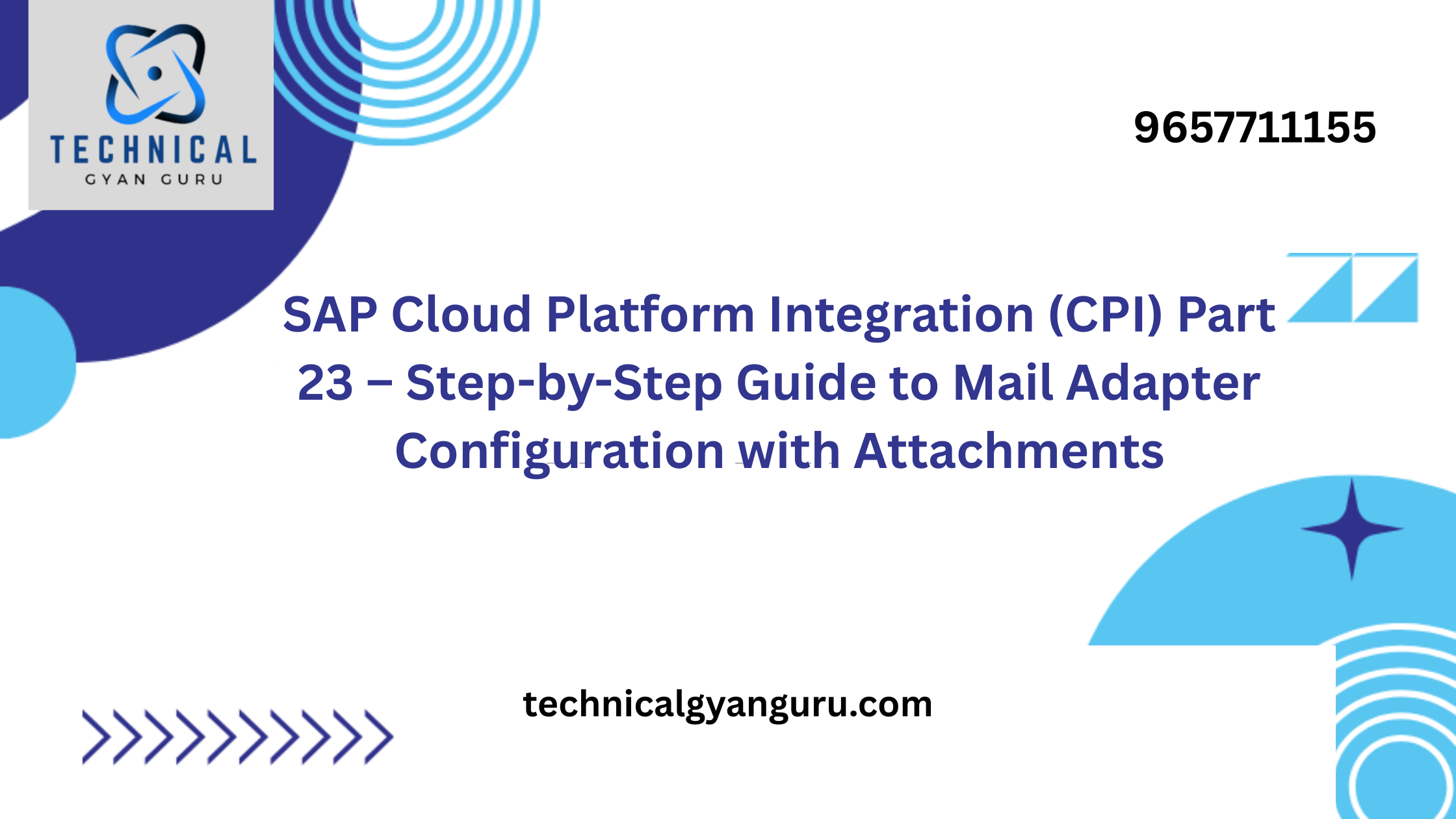Introduction
SAP HANA Installation and Configuration: SAP HANA (High-Performance Analytic Appliance) is an in-memory database platform that offers lightning-fast data processing, analytics, and real-time insights for businesses. Installing and configuring SAP HANA is a crucial step in leveraging its capabilities. In this blog, we’ll provide a detailed guide to help you navigate the installation and configuration process, ensuring you make the most of this powerful technology.
Prerequisites and Planning
Before diving into the installation and configuration process, it’s essential to conduct a thorough assessment and planning phase. Key considerations include:
- Hardware: Ensure that your hardware meets the SAP HANA system requirements, including CPU, memory, and storage. SAP provides a sizing guide to help you determine the hardware specifications.
- Operating System: Choose a compatible operating system. SAP HANA supports various Linux distributions, and your choice will depend on your preferences and requirements.
- Network Configuration: Plan your network settings and ensure that communication is seamless between HANA servers and other systems in your landscape.
- Database Backup: Develop a backup and recovery strategy to safeguard your data.
Installation Steps
Installing SAP HANA involves several steps:
- SAP Software Provisioning Manager (SWPM): Start by installing SWPM, which is a tool for managing software installations and updates. It guides you through the entire installation process.
- Downloading and Extracting SAP HANA: You’ll need to download the SAP HANA installation package from the SAP Software Download Center. Once downloaded, extract the installation files.
- Installation Directory: Choose an installation directory for SAP HANA. Ensure you have enough storage space.
- Installation Mode: Decide on a system ID and instance number. You can choose either single container or multiple containers based on your requirements.
- Database Configuration: Configure your database parameters, including memory allocation, data and log file locations, and user credentials.
- File System and Mount Points: Create the necessary file systems and mount points to store data and log files. Ensure you have sufficient disk space.
- Hostname Configuration: Verify that your hostname is correctly set up, as it’s crucial for system communication.
- Start and Monitor Installation: Run the installation process and monitor it closely for any errors or issues.
Post-Installation Configuration
After successfully installing SAP HANA, there are several post-installation tasks to complete:
- License Installation: Upload and install the appropriate SAP HANA license to ensure compliance.
- Security Configuration: Secure your SAP HANA system by setting up authentication methods, role assignments, and password policies.
- User Management: Create and manage user accounts, defining their roles and permissions.
- Backup and Recovery: Implement a backup strategy and regularly perform backups to protect your data.
- High Availability (Optional): Configure high availability options, such as system replication, to ensure business continuity.
- Monitoring and Performance Tuning: Set up monitoring tools and continuously optimize performance.
Regular Maintenance and Updates
SAP HANA, like any software, requires ongoing maintenance. Stay informed about SAP’s updates and patches, and regularly apply these to keep your system secure and up to date.
Conclusion
Installing and configuring SAP HANA is a critical step in unleashing its full potential for your organization. By meticulously planning, following installation steps, and ensuring post-installation tasks are completed, you can have a high-performance, secure, and reliable in-memory database platform that empowers your business with real-time analytics and data insights. Be sure to stay current with SAP’s updates and best practices to maximize your SAP HANA experience.







